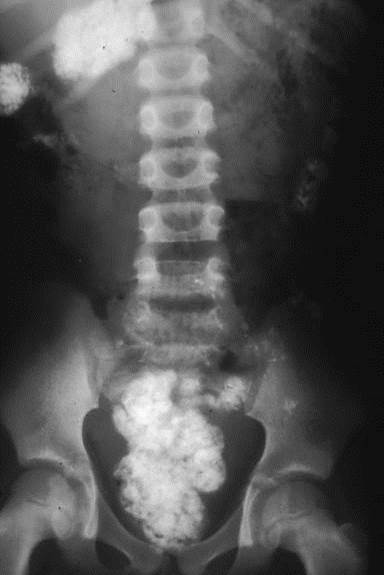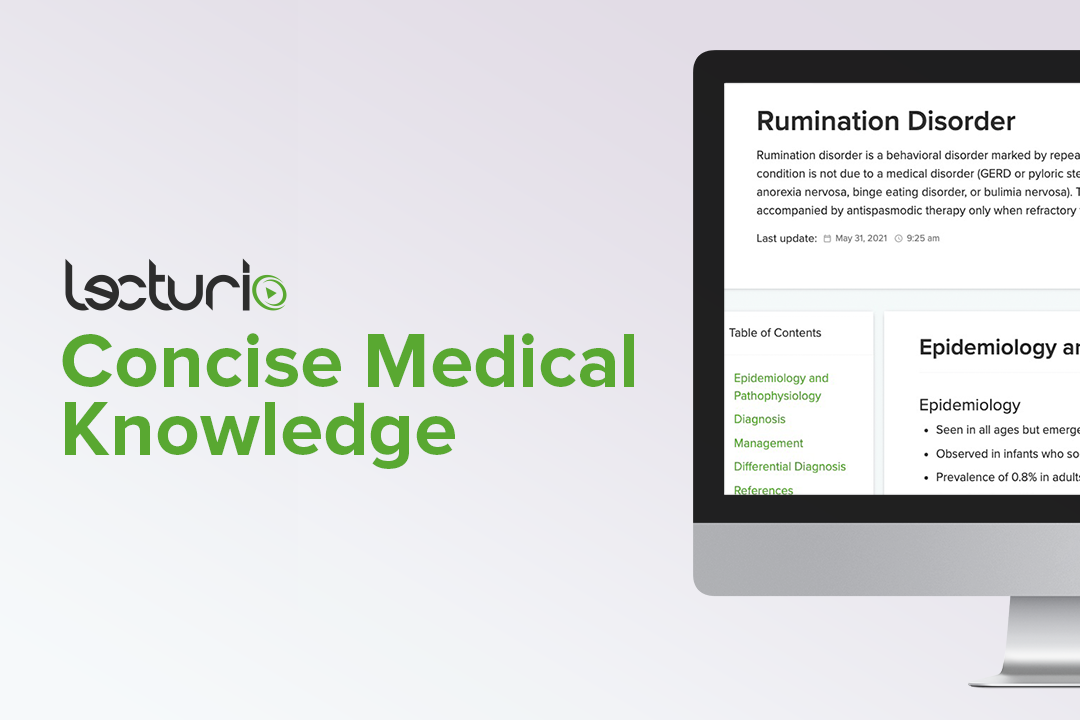Playlist
Show Playlist
Hide Playlist
Bulimia Nervosa
-
Slides Bulimia Psychiatry.pdf
-
Download Lecture Overview
00:01 Let's move on now to talk about some of the other eating disorders starting with bulimia. 00:05 The life time prevalence is 1%, females are more affected than males, and the median age of onset is about 18 years old, so again, in the teens. 00:15 Diagnostic criteria incur recurrent episodes of binge eating, eating in a discrete period of time within a 2 hour period, and a sense of lack of control. 00:27 There are recurrent inappropriate compensatory behaviors to help prevent weight gain and the binge eating and inappropriate compensatory behaviors can both occur. Their self-evaluation that's unduly influenced by body, shape, and weight, and the disturbance does not occur exclusively during episodes of anorexia. 00:50 Patients with bulimia actually tend to have an average body weight. 00:54 The major difference between bulimia and binge eating is that there is compensatory behavior influenced by guilt and a perception of appearance. So, what's the best treatment for bulimia? Well, it's individual psychotherapy, CBT, group therapy, and also pharmacology can help such as SSRI's which are usually the first-line agents. 01:19 So, what's the difference between bulimia and anorexia? Well, in bulimia, patients find their symptoms ego-dystonic. 01:27 In other words, they find their symptoms to be very distressing. 01:31 Whereas in anorexia, patients find their symptoms ego-syntonic, they're not distressing at all. 01:37 And in bulimia, patients are actually more likely to go to the doctor and ask for help. 01:42 Whereas in anorexia, patients are very reluctant to get help from their doctor. 01:48 We've reviewed now some of the eating disorders. 01:51 You know a little bit about their diagnosis and a little bit about how to approach that patient and manage them.
About the Lecture
The lecture Bulimia Nervosa by Helen Farrell, MD is from the course Control Disorders. It contains the following chapters:
- Bulimia
- Treatment for Bulimia
- Rumination Disoder
- Unspecifies Feeding or Eating Disorder
Included Quiz Questions
Which of the following NOT a diagnostic criterion for Bulimia nervosa?
- Weight loss of 20% of initial body weight
- Binge eating is done every 2 hours with a lack of self-control
- Recurrent inappropriate compensatory behavior is seen to help prevent weight gain
- Self-evaluation is unduly influenced by body shape and weight
- The disturbance does not occur exclusively during episodes of anorexia nervosa
Which of the following statements regarding eating disorders is TRUE?
- Bulimia is ego-dystonic while anorexia is ego-syntonic.
- Purging is seen typically in anorexia.
- Bulimic patients tend not to seek help from doctors for treatment but anorexic patients tend to seek help from the doctors for treatment.
- Males tend to have anorexia more commonly than females.
- The median age of onset for bulimia is 30 years while that in anorexia is 25 years of age.
A 7-year-old girl is brought in by her mother complaining that she has been eating small pebbles for the past 2 months, even after the mother’s repeated attempts to stop her. What is the most likely diagnosis in this patient?
- Pica
- Bulimia nervosa
- Rumination disorder
- Attention deficit hyperactive disorder
- Obsessive-compulsive personality disorder
Which of the following disorders features repeated regurgitation not associated with a medical or psychiatric condition?
- Rumination disorder
- Pediatric binge eating disorder
- Pyloric stenosis
- Pica
- Gastroesophageal reflux disease.
The content of what was ingested may indicate if the intent is due to pica or self-injurious. Which of the following would elevate your suspicions of self-injury?
- Batteries
- Chalk
- Hair
- Gum
- Clay
Customer reviews
5,0 of 5 stars
| 5 Stars |
|
5 |
| 4 Stars |
|
0 |
| 3 Stars |
|
0 |
| 2 Stars |
|
0 |
| 1 Star |
|
0 |






